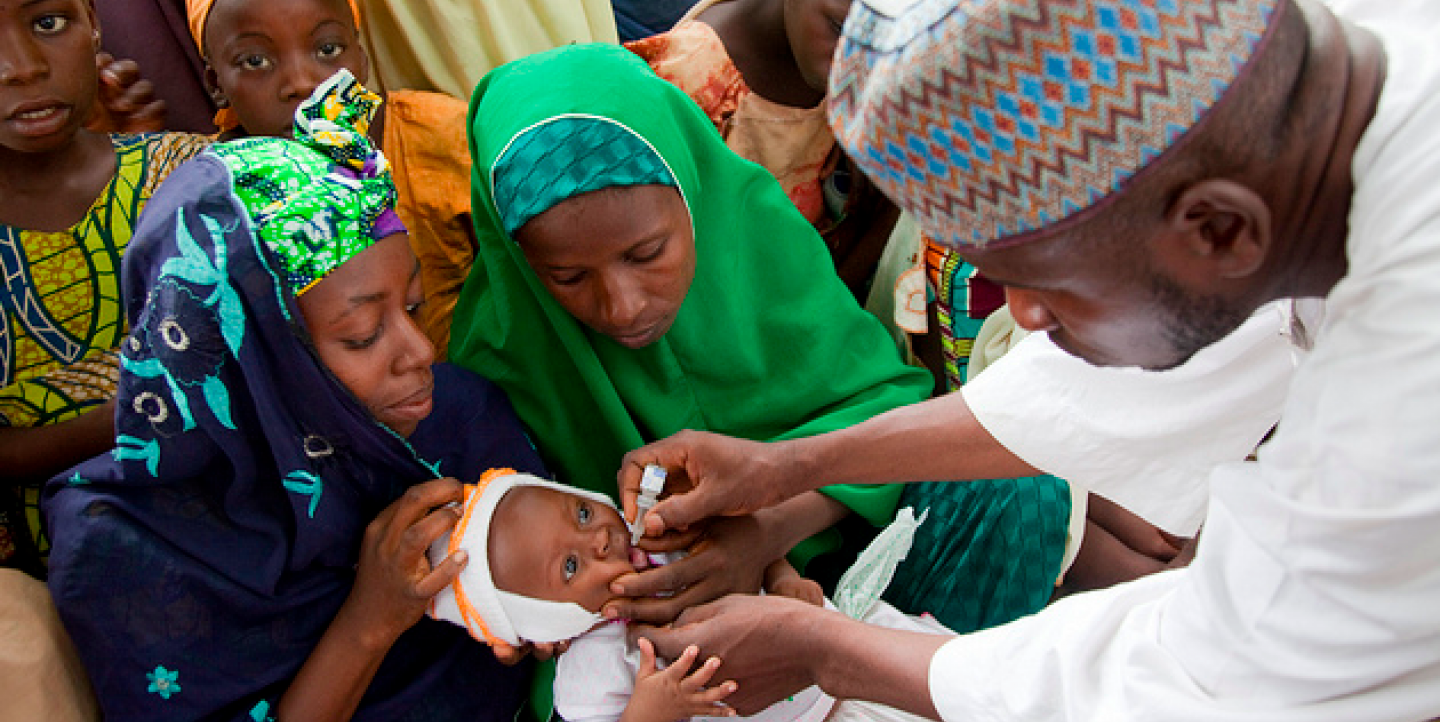Reporting on infectious disease prevention and immunization is a key part of global health coverage.
To help journalists cover this critical issue more effectively, former ICFJ Knight International Health Journalism Fellow Brenda Wilson recently spoke with Dr. Heidi Larson, a senior lecturer at the London School of Hygiene and Tropical Medicine. During a one-hour webinar, they explored key issues to consider when reporting on vaccines and gave journalists tips for finding fresh perspectives on stories.
The International Center for Journalists (ICFJ) sponsored the webinar as part of its vaccine coverage contest, which is accepting entries until May 20. Contest winners will receive a cash prize and a two-week study tour to the U.S. (ICFJ is IJNet's parent organization.)
Here are a few tips for improving your coverage of vaccination:
Dig into the issues facing vaccine delivery
The public health community is interested in vaccine quality and safety, Larson says, but they often miss the context surrounding the vaccine.
“Journalists can really be helpful in understanding what’s really going on in areas where vaccines are not getting to where they could or should be getting,” Larson says. “It’s important to explore when and where a vaccine is given, by whom, and any politics or conflict surrounding immunization.”
For example, Human Papillomavirus (HPV) vaccine is given to teens to prevent a sexually transmitted disease, so journalists covering it would want to examine the surrounding moral and political issues.
Look beyond headlines
For years, rumors swirled within some Muslim communities that the polio vaccine caused female sterilization. But when Larson and her team actually talked to patients, they found a different story.
“Really, what they didn’t like is that the vaccine was given by a man, not a woman, and being given by someone not from the village, but from somewhere else,” she says. “Sterilization wasn’t the biggest concern.”
“When you sit down and talk, you get a new perspective, another dimension, that challenges what’s out in the headlines,” Larson says.
Interview a variety of sources
It is important to talk to people beyond those working in vaccination programs. What is going on in the general public? Where can you talk to parents? What are schoolteachers’ perceptions of how things are going with immunization?
Journalists should take the same question to multiple places, Larson says, like the World Health Organization, the local ministry, Doctors Without Borders, the local women’s group and parents at a school.
Find new angles for your story ideas. Here are some examples:
-
Examine some of the innovative ways people are getting vaccines to communities, involving non-traditional partners to help delivery and how they overcome challenges.
-
Explore two vaccines in different settings and compare the outcomes. You can compare different countries, but even comparing two states in the same country can reveal interesting differences about individuals, the local health service, belief systems and more.
-
Trace the life of a vaccine: Where does it start? How does it get to people? This can reveal a lot about how difficult it can be to get vaccines to those who need them.
-
Talk to a local health center to find out what happens when someone has an adverse reaction to a vaccine. What’s the system in a country for investigating adverse events after a vaccination? How do they find out if a given reaction was actually related to the vaccine?
- Interview someone giving vaccinations in a city and then in a remote area. What are the differences in the challenges they face?
_Hear the full webinar in English here. ICFJ produced a series of webinars for its regional contest. To hear the webinar for Pakistani health journalists, click here, or you can access the webinar (in Arabic) for journalists from the Gulf region here._
Image courtesy of the Gates Foundation.

